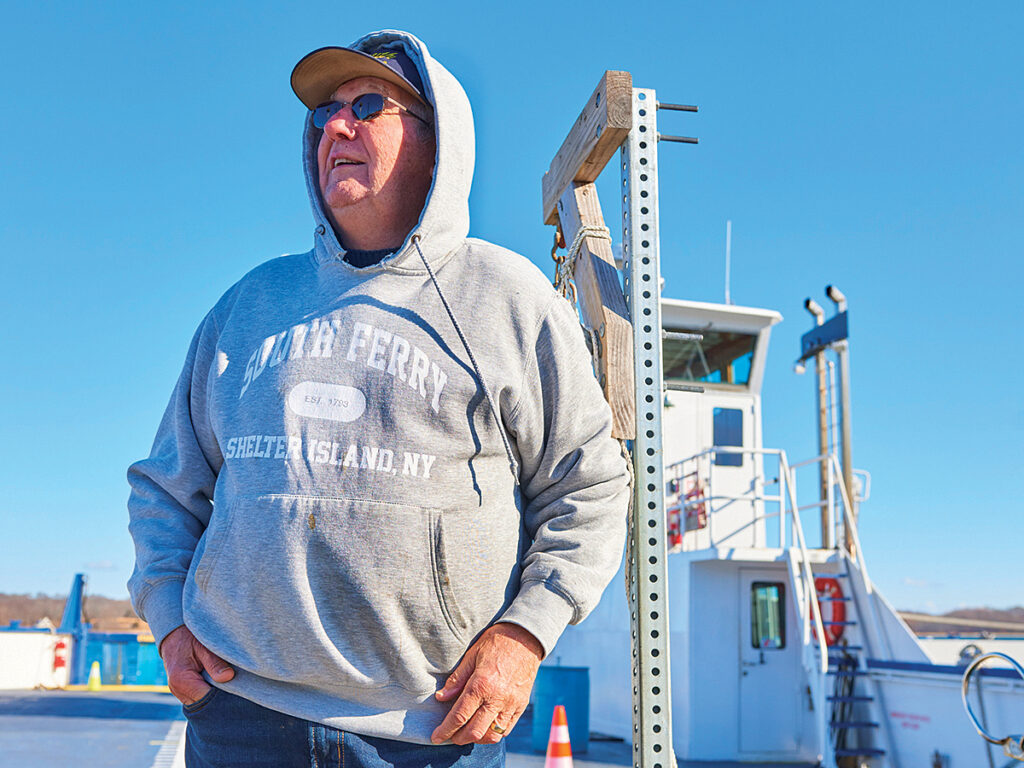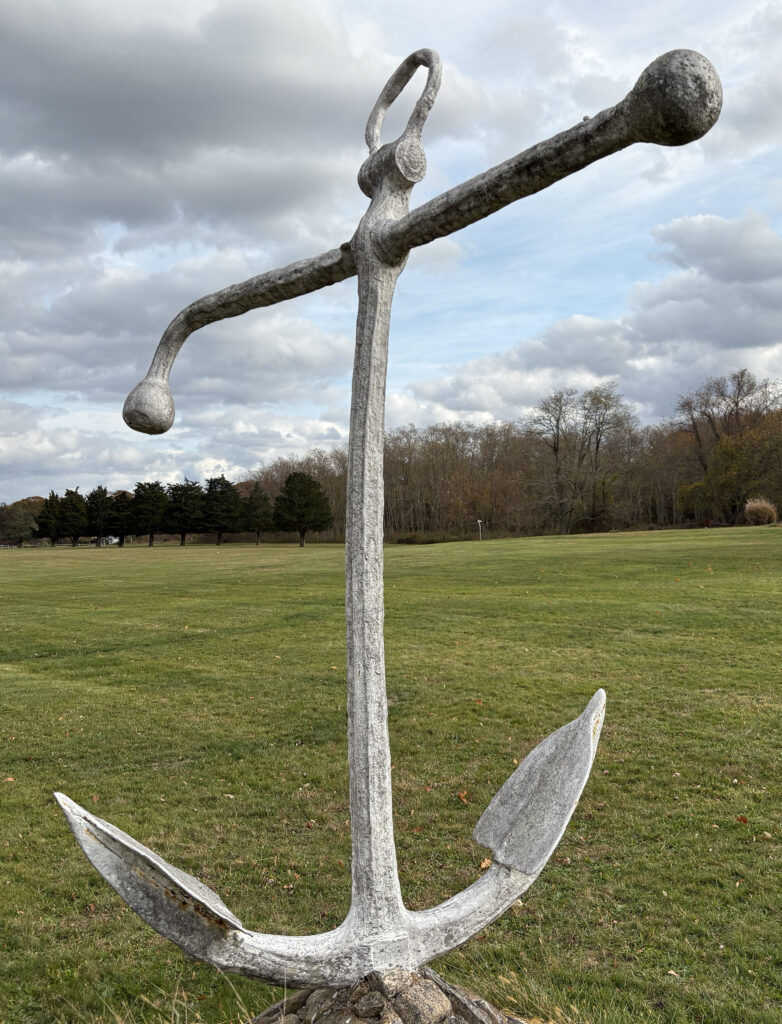Marine Rescue Center seeks volunteers to save sea turtles

Sea turtle cold stun season has officially begun for Long Island. From November to February, volunteers with the New York Marine Rescue Center (NYMRC) in Riverhead patrol local beaches, keeping an eye out for these special reptiles.
Sea turtles live in the waters around Long Island in the summer, when they can be seen foraging, with some native species eating algae and seagrass and others consuming crabs. Because turtles are cold blooded, they can become trapped off Long Island when environmental clues are confusing and they failed to migrate before the water temperature drops. This usually happens once the water temperatures have dropped below 55 degrees Fahrenheit.
“So, as they’re here, and as water temperatures continue to drop, they become lethargic and unable to navigate out of the waters,” said Maxine Montello, executive director of NYMRC. “Eventually, they become so listless that they float to the surface and are just floating, waiting for prevailing, strong northwest winds, that will push them to shore.”
These animals are not actively swimming to the beach. Instead, it’s the wind that pushes them to the shore. The three species that are found here are loggerhead sea turtles, Kemp’s ridley sea turtles and green sea turtles, all of which are federally protected under the Endangered Species Act.

“We tend to find them with those prevailing winds right after a high tide,” Ms. Montello said. “That combo of a high tide of strong winds will actually indicate that these turtles will most likely be up on the beach.”
There are two tiers of rescuers. The first tier is trained via a lecture presented over Zoom. Once trained, these volunteers know when to patrol to be most effective, how to identify each species and how to reach out for help. Tier two volunteers receive the tier one training plus field training. This allows the volunteer to assist the rescue team when they arrive.
“We show them how once they find a turtle to take GPS coordinates, take photos, be able to identify that species. Then we teach them how to handle that turtle in the field so that we have more hands to help us get these animals back to our facilities,” Ms. Montello said.
There are volunteer opportunities inside NYMRC’s facility as well, for people who are unable to patrol the beaches. “They can help with us in the field, but we also need help here at the facility. We’re located in Riverhead, New York, and we maintain a sea turtle and seal rehab hospital,” Ms. Montello said. “We’re one of the largest in the network, which is Virginia all the way to Maine. Last year, I believe we processed over 200 animals throughout the year. So it gets pretty busy. It’s definitely for somebody that has some time on their hands and wants to work with how we preserve these really critical species.”
Individuals interested in applying can visit nymarinerescue.org and click on the ‘Help Us’ tab.









